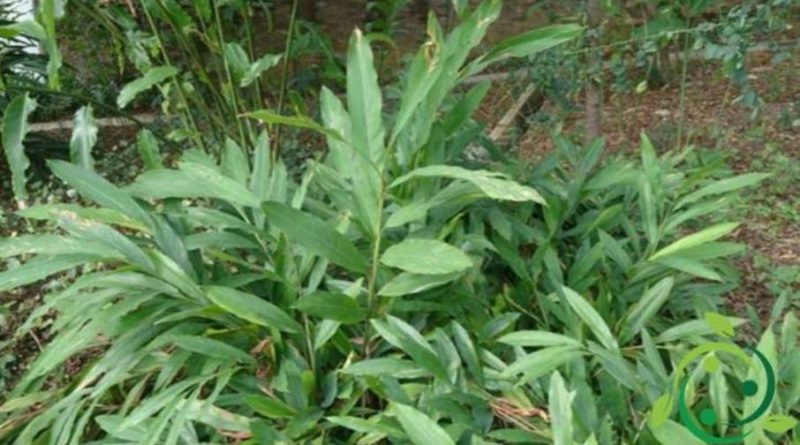How to grow Cardamom
How to grow Cardamom
Cardamom (Elettaria cardamomum (L.) Maton) is a tropical spice of the Zingiberaceae family (the same family as ginger); often other plants are indicated with the same name, among which the most similar to the real cardamom is the Amoxmum. In this sheet we see how to grow Cardamom and what are the measures to follow, as its cultivation technique is not entirely simple. This is, among other things, one of the reasons why cardamom is among the three most expensive spices in the world along with cinnamon and saffron. Among other things, for its aesthetic appearance, cardamom can be grown both for ornamental and food purposes. Given its provenance extending in the area between Iran, India and Malaysia, with cultivation also in Central and South America, it is a plant that can be grown only in the coastal and southern areas of our country; therefore with very mild temperatures and particularly protected during the winter; otherwise the alternative is greenhouse cultivation.
The cardamom is in fact a plant that dies at temperatures below 10 degrees and suffers with temperatures of between 10 and 15 degrees, while the ideal cultivation temperature is around 22-25 ° C. In other cases the cultivation of cardamom is possible only in pot and, considering that the plant has a high root development and formation of rhizomes, it needs very large pots. For this reason it is advisable to place these vases on trolleys on wheels for transport from one environment to another with the change of season. The substrate on which cardamom should be cultivated must be acidic, with pH between 5.2-5.5; so if it is to be cultivated in the ground it is very likely to add acid peat, while if it is grown in pot the soil is easier to adjust the pH. In this case it is preferable a mixture with 40% of soil for houseplants, 30% of peat with a pH between 3 and 4.5 and 30% of silica sand. Irrigation water should also not be calcareous, as it would raise the pH, so desalinated or deionized water is needed. As for sowing it is very difficult for the low germination (about 30%) of the seeds to be buried as fresh as possible. The cardamom should then be placed in a bright place but not in full sun that burns their leaves. This makes clear why, among other measures, it is a cultivation that must be done very carefully and, if done for commercial purposes, we must carefully evaluate the cost-benefits. The irrigation of cardamom should be done very carefully, as it should be increased gradually from the winter, where it must be kept to the minimum necessary (evaluating the humidity of the substrate) to the summer where irrigation must be constant but not excessive for not create stagnation phenomena. In the ground the support fertilization can be that of mature manure (mixed with abundant peat with acidic pH) while in pot it is preferable to add earthworm humus to the realized substrate. Fertilization should be done in late winter and supplemented every three months by gently mixing it in the substrate (or soil) without disturbing the roots. The flowering of cardamom occurs in spring, from April to May, and the ripening process of the capsules containing the seeds is gradual, with a period from August to February; in the original monsoonal climates. If, however, the ideal conditions for cultivation have been maintained and the capsules have been reached, they must be opened by hand by removing the seeds; the extracted seeds will have to be further dried and stored in jars with a hermetic seal, away from heat sources and in a dark place. Some people prefer to leave the seeds inside the capsule to better preserve the aroma of cardamom seeds. In this case, the capsule is broken at the time of use but the drying period can vary from 2 weeks per month. Cardamom finds many uses in the kitchen as a spice for many dishes.

